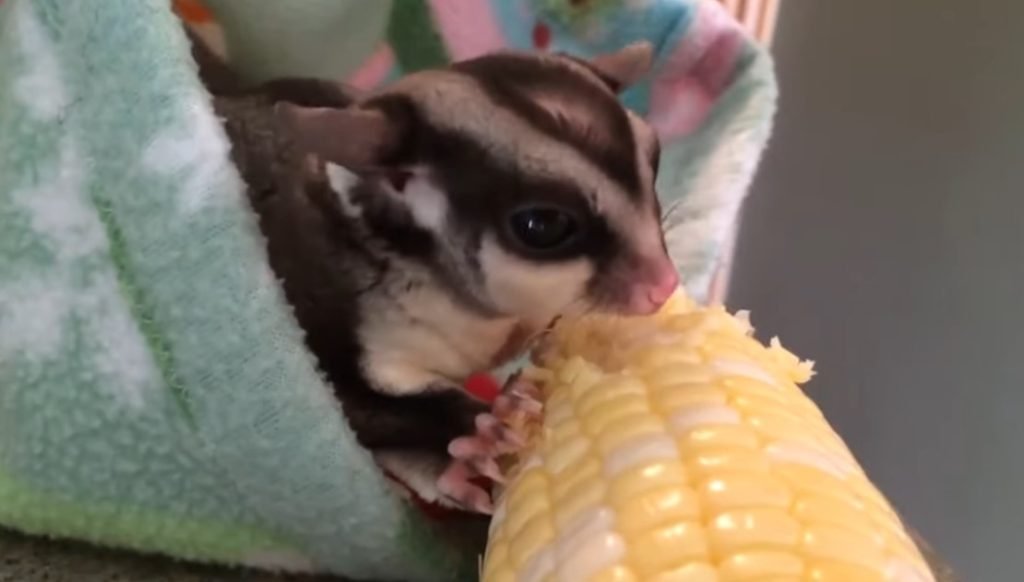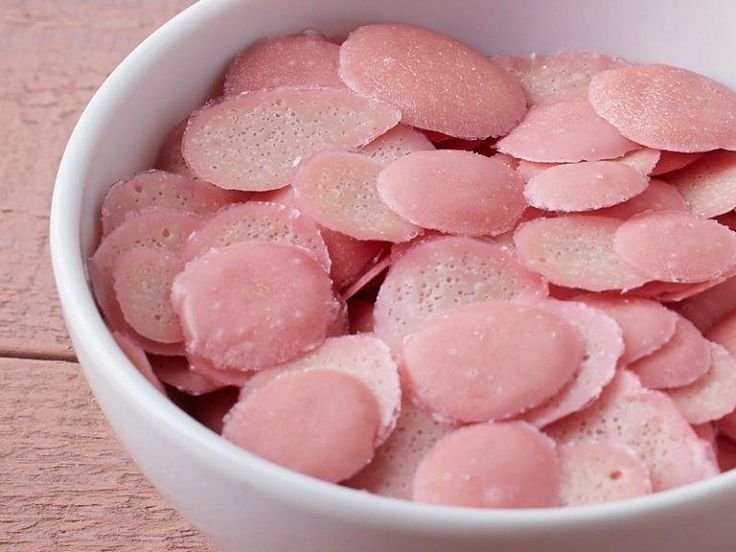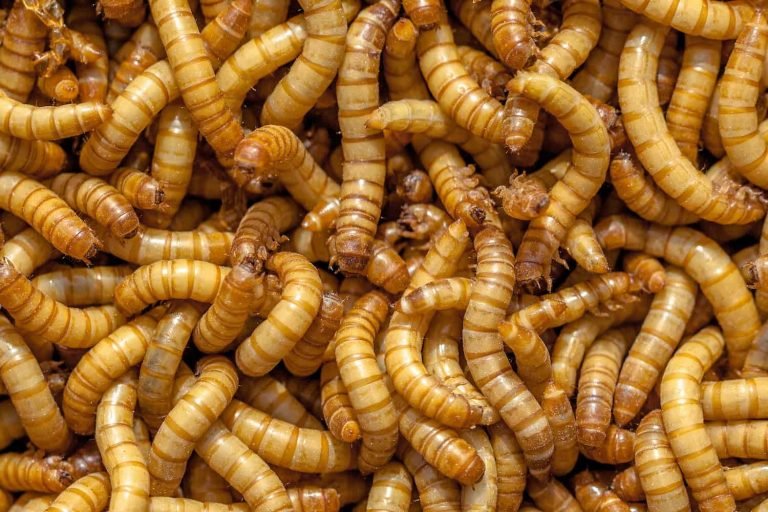Sugar Glider Calcium Natural VS Supplement Nutrition Guide
Ensure optimal nutrition for your sugar glider with our comprehensive guide: “Sugar Glider Calcium Natural VS Supplement Nutrition Guide.” Understand the importance of calcium in their diet and explore the differences between natural food sources and calcium supplements. Learn how to strike the right balance to promote strong bones and prevent health issues.
Our article provides expert insights into the best calcium-rich foods for sugar gliders, including fruits, vegetables, and insects. Discover the benefits and potential risks of calcium supplementation, helping you make informed decisions about your pet’s well-being.
Whether you’re a seasoned owner or a new enthusiast, this nutrition guide offers valuable tips to support your sugar glider’s health and happiness. Don’t miss this chance to optimize your pet’s diet and ensure a vibrant and active life!
Natural Sources of Calcium for Sugar Gliders
Leafy greens, insects, and fruits are all excellent natural sources of calcium for sugar gliders. Here are some options to consider:
- Leafy greens like kale, collard greens, and dandelion greens provide a healthy dose of natural calcium for sugar gliders.
- Insects such as crickets and mealworms not only offer protein but also contribute to the calcium intake of sugar gliders.
- Fruits like figs, oranges, and papaya contain moderate amounts of natural calcium that can be beneficial for sugar gliders.
While these options are great choices for providing natural calcium in a sugar glider’s diet, it’s important to remember that balance is key.
Nuts like almonds and walnuts do offer some calcium but should be fed sparingly due to their high phosphorus content. It’s essential to maintain the right ratio of calcium to phosphorus in a sugar glider’s diet to avoid potential health issues.
By incorporating these natural sources of calcium into your sugar glider’s nutrition guide, you can ensure they receive the necessary nutrients while promoting overall well-being.
Remember to consult with a veterinarian or an experienced professional when establishing a nutrition plan for your beloved sugar glider.

Comparison: Natural Calcium vs. Calcium Supplements
Natural sources of calcium, such as leafy greens, seeds, and dairy products, are generally more bioavailable for sugar gliders compared to calcium supplements. This means that the body can absorb and utilize the calcium from natural sources more effectively.
It is crucial to consult with a veterinarian before incorporating them into their diet. Using these supplements without proper guidance may lead to overdosing or imbalances in their nutrition. Veterinarians can provide dosage recommendations tailored to the specific needs of each sugar glider.
One advantage of obtaining calcium from whole foods is that they come bundled with additional nutrients. Unlike isolated supplements, which only provide calcium, natural sources offer a variety of other essential vitamins and minerals necessary for overall health.
It’s important to note that relying solely on calcium supplements may not provide the same benefits as a varied diet rich in natural sources of calcium. Sugar gliders benefit from a diverse range of foods in their diet, including fruits, vegetables, insects, and nectar. These different food options contribute not only to their calcium intake but also provide protein and other vital nutrients.
The Pet Glider Fresh Diet: A Comprehensive Nutrition Guide

The Pet Glider Fresh Diet (TPG Diet) is a popular nutrition plan that focuses on providing sugar gliders with fresh whole foods. This diet aims to replicate the natural diet of wild sugar gliders while ensuring they receive optimal nutrition in captivity.
To meet all the nutritional needs of sugar gliders, the TPG Diet includes a balanced mix of fruits, vegetables, proteins, grains, and supplements. By following this diet, sugar glider owners can help ensure their pets receive essential vitamins, minerals, and nutrients required for their well-being.
Here are some key points about the TPG Diet:
- Emphasizes fresh whole foods: The TPG Diet encourages feeding sugar gliders a variety of fresh fruits and vegetables to provide them with essential nutrients. This helps mimic their natural diet in the wild.
- Balanced nutrition: The diet incorporates a combination of proteins, grains, and supplements alongside fruits and vegetables. This ensures that sugar gliders receive a well-rounded meal that meets their nutritional requirements.
- Replicates natural diet: By following the TPG Diet, sugar gliders can enjoy a similar diet to what they would consume in their natural habitat. This helps maintain their overall health and vitality.
- Essential vitamins and minerals: Sugar glider owners can rely on pet glider vitamins and supplements like Gliderade to ensure their pets receive crucial vitamins and minerals not found abundantly in fresh food alone.
Recipe: The Pet Glider Fresh Diet (TPG Diet Recipe)
The Pet Glider Fresh Diet, also known as the TPG Diet, is a nutritionally balanced recipe designed to meet the dietary needs of sugar gliders. This diet incorporates a variety of ingredients that provide essential nutrients for their overall health and well-being.
- The TPG Diet recipe includes nutrient-rich ingredients such as kale, carrots, sweet potatoes, chicken, and honey. These components offer a diverse range of vitamins and minerals necessary for sugar gliders’ optimal nutrition.
- One key benefit of the TPG Diet is its inclusion of calcium-rich foods. Calcium is crucial for sugar gliders’ bone health and proper growth. By incorporating ingredients like kale and sweet potatoes into the recipe, this diet ensures an adequate supply of natural calcium.
- Another advantage of the TPG Diet is its flexibility. It can be customized to suit individual sugar gliders’ preferences and dietary needs. Whether your pet has specific ingredient preferences or requires modifications due to health conditions, you can tailor the recipe accordingly.
- However, it’s important to note that any changes to a sugar glider’s diet should be done under professional guidance. Consulting with a veterinarian or an experienced sugar glider owner is essential before making any adjustments to ensure your pet’s nutritional requirements are met.
Feeding Sugar Gliders in the Wild: What Do They Eat?

In the wild, sugar gliders have a diverse diet consisting of various natural food sources. Understanding their dietary preferences can help us develop a balanced nutritional plan for captive sugar gliders. Let’s explore what these adorable creatures feast on in their natural habitat:
- Nectar, Pollen, Sap: Sugar gliders rely heavily on nectar, pollen, and sap as essential sources of energy.
- Insects: These tiny marsupials are insectivores and actively hunt insects to satisfy their protein needs.
- Fruits, Flowers, Leaves: Sugar gliders also enjoy indulging in fruits, flowers, and leaves found in their surroundings.
- Tree Gum: Extracted from tree bark or exuded by certain plants, tree gum is another significant component of their diet.
Occasionally, sugar gliders may even consume small vertebrates to supplement their nutritional requirements. It’s important to note that natural sources of calcium play a crucial role in maintaining their health. Insects and specific plant materials serve as excellent providers of this essential mineral.
When caring for captive sugar gliders, replicating elements from their wild diet becomes vital. Alongside commercial monkey biscuits formulated for sugar glider nutrition, incorporating the following options ensures a well-rounded meal plan:
- Offer fresh fruits like apples or grapes as a source of vitamins and fiber.
- Provide insects such as crickets or mealworms to fulfill their protein intake.
- Introduce calcium-rich foods like leafy greens or powdered supplements to support bone strength.
- Consider including small amounts of tree gum substitute (e.g., acacia gum) for added variety.
By offering a mix of natural ingredients and approved supplements tailored to mimic their wild diet, you can provide your pet sugar gliders with optimal nutrition. Remember to consult with an expert or veterinarian specializing in exotic pets for further guidance on creating a suitable diet plan.
Final Verdict
In conclusion, understanding the sugar glider calcium nutrition guide is crucial for ensuring the health and well-being of your pet. By providing adequate calcium, you can help prevent common health issues such as metabolic bone disease.
Natural sources of calcium, such as leafy greens, fruits, and insects, are essential for maintaining a balanced diet for sugar gliders. These natural sources offer a variety of nutrients that contribute to their overall health.
While natural calcium sources are important, calcium supplements can also play a role in meeting your sugar glider’s nutritional needs. However, it is essential to consult with a veterinarian or an experienced sugar glider owner before incorporating supplements into their diet.
The Pet Glider Fresh Diet provides a comprehensive nutrition guide that ensures your sugar glider receives all the necessary nutrients in their diet. This diet includes a combination of fresh fruits, vegetables, proteins, and supplements to promote optimal health.
Feeding sugar gliders in the wild primarily consist of nectar, pollen, sap, and small insects. Understanding their natural diet can help create a balanced and nutritious feeding plan for captive sugar gliders.
To ensure the well-being of your pet sugar gliders:
- Provide a diverse range of natural food sources rich in calcium.
- Consult with a veterinarian or an experienced owner before introducing any supplements.
- Follow The Pet Glider Fresh Diet guidelines to provide optimal nutrition.
- Consider incorporating elements from their natural diet into their captive feeding routine.
By following these guidelines and providing proper nutrition for your sugar gliders’ calcium needs, you can support their overall health and longevity.
FAQs
1. How much calcium do sugar gliders need daily?
Sugar gliders generally require around 2:1 ratio of calcium to phosphorus in their diet. A daily intake of approximately 200-250 milligrams of calcium is recommended for adult sugar gliders.
2. Can I use human dietary supplements for sugar gliders?
It is not recommended to use human dietary supplements for sugar gliders as their nutritional needs differ. Consult with a veterinarian or an experienced sugar glider owner for suitable calcium supplement options.
3. Are there any signs of calcium deficiency in sugar gliders?
Signs of calcium deficiency in sugar gliders may include weakness, tremors, seizures, and skeletal deformities. If you notice any concerning symptoms, seek veterinary advice promptly.
4. Can I feed my sugar glider only natural sources of calcium?
While natural sources of calcium are important, it is advisable to consult with a veterinarian or an experienced owner to ensure a balanced diet that meets all your sugar glider’s nutritional needs.
5. How often should I review and adjust my sugar glider’s diet?
Regularly review your sugar glider’s diet with the guidance of a veterinarian or an experienced owner to ensure it remains nutritionally balanced and meets their changing requirements throughout different life stages.







